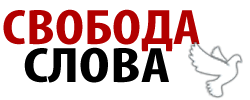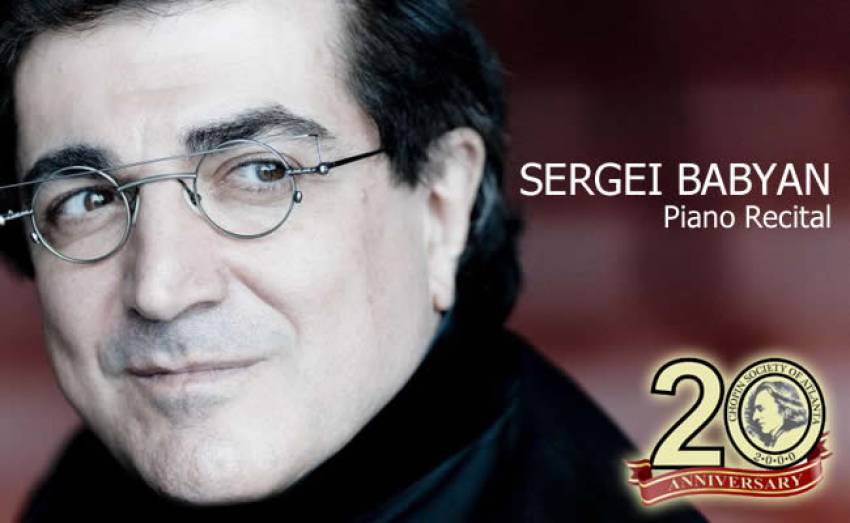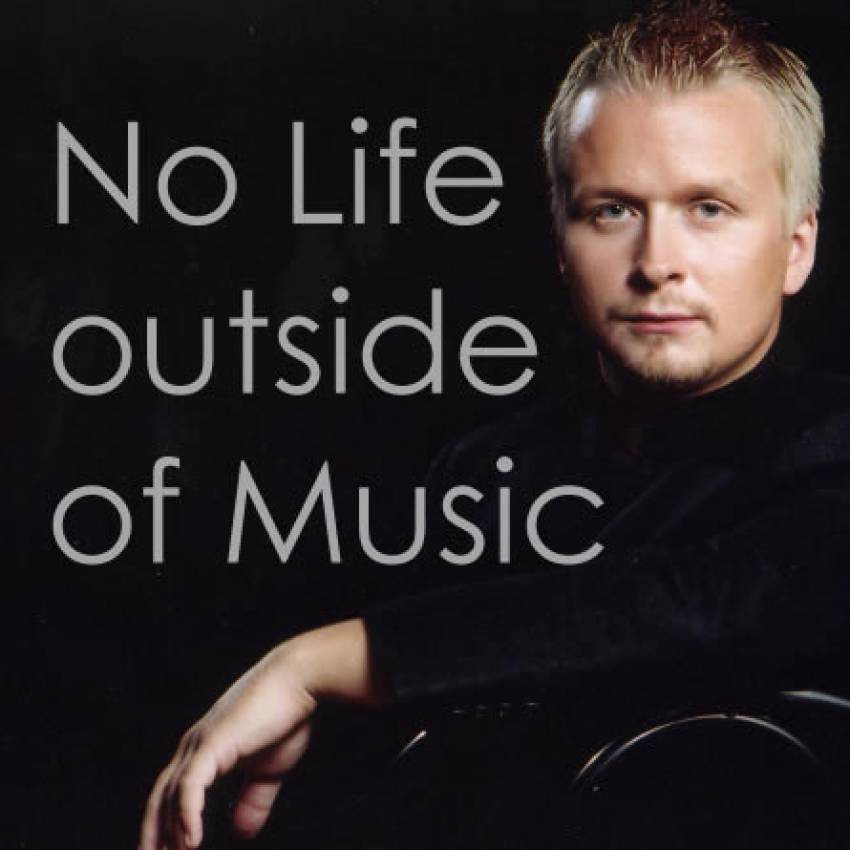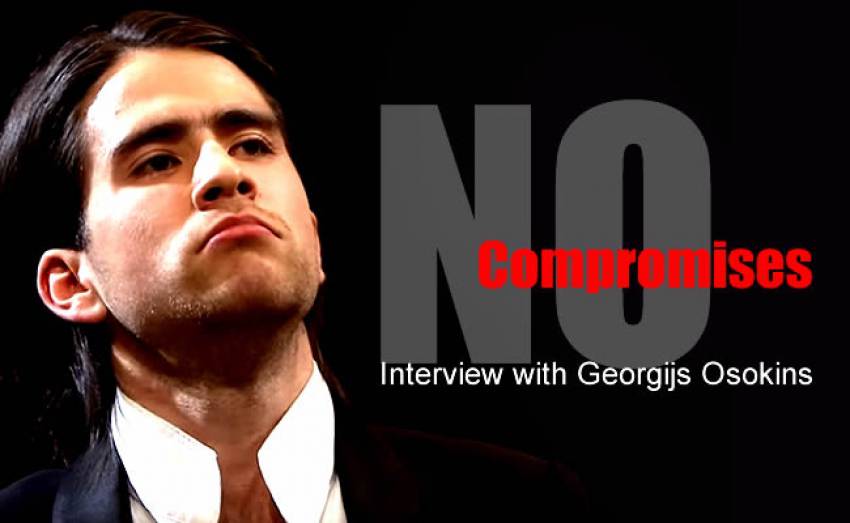Political strategists of all eras of these countries, by inheritance and due to momentary interests, have repeatedly stolen the histories of different peoples, attributing them to themselves, creating the appearance of the antiquity of their state, and also regularly rewriting all history to suit current and changing interests. However, Russia, as a state and country, arose in 1721 by decree of the Tsar of Moscow Peter the Great. It follows that Russia is a young state, slightly older than the United States, or more precisely by 55 years - an instant in history. The Russian language was invented in the 18th century and only in the 19th century, closer to the middle, the peoples enslaved by Russia began to speak it, thanks to the total Russification of the territories that became colonies of Russia, but called by it the original lands of the Russian state. All manipulations with history were carefully hidden, and its new presentations were called "truth". Empress Catherine the Second tried the hardest, and then all the successors, one way or another, intercepted power in all the territories of the former Muscovy.
Let's reveal the secrets of history associated with Ukraine and Hetman Bohdan Khmelnitsky.
Thanks to the declassified transcript of a special commission for rewriting history, it became known that on April 29, 1947, during a secret meeting of scientists, the members of the commission reached the facts concerning the origin of Bohdan Khmelnitsky. The information that was voiced forced Lazar Kaganovich, the ideologist who bears partial responsibility for the genocide against the Ukrainian people, the former General Secretary of the Central Committee of the Communist Party (Bolsheviks) of Ukraine, who controlled the course of the meeting, to take immediate measures to prevent the leak of information. What facts were ordered to be hidden?
Despite the fact that the official (invented) history speaks of the non-noble origin of Bohdan Khmelnitsky, it turned out that his father Mykhailo was still a nobleman and had a family estate. This is what the members of the secret commission tried to hide. They wanted history to know Khmelnitsky as a commoner, without any title or heritage. The true origin of the hetman did not fit into the Soviet concept of class struggle. But the facts about Khmelnitsky's origin are not the only information about the hetman that they tried to hide. By the time of Independence, only Khmelnitsky's correspondence with the Moscow Tsar was known; all letters in Latin with Western countries were also hidden. The Soviet government did not want the incredibly high level of education of the first hetman of the Ukrainian Cossack state to be recorded in history.
On June 8, 1648, the leader of the Zaporizhian Cossacks, Bohdan Khmelnitsky, sent a message to the Moscow Tsar Alexei Mikhailovich the Tishaish (Romanov), in which he reported on victories over the Polish army and the desire of the Zaporizhian Sich to unite with Muscovy. The petition of the Zaporizhian Host of the Polish-Lithuanian Commonwealth to the Muscovite Kingdom on accepting the Zaporizhian Cossacks into the citizenship of Tsar Romanov and providing them with protection against the noble Polish-Lithuanian Commonwealth was sent to Moscow in the autumn of 1653. After the decision was made at the Zemsky Sobor in October 1653 to accept the Cossack lands into Moscow citizenship, a meeting of representatives of the Zaporizhian Cossacks and Pereyaslav bourgeoisie headed by Hetman Bohdan Khmelnytsky was held in the then capital of the army, Pereyaslav, where a decision was made publicly to unite the territory under the rule of the Zaporizhian hetmans (Hetmanate) with the Moscow kingdom, secured by an oath of allegiance to the tsar. At that historical moment, Russia did not yet exist.
The USSR hid the fact that Bohdan Khmelnytsky was born not only into a wealthy family of noble origin, but also studied at an elite Polish educational institution, where he studied philosophy, Latin and law. Previously hidden facts about the closeness of Khmelnitsky's father to the second person in Poland after the king, about the hot temper of Bohdan Khmelnitsky, about his family and children have become known.
The Ilyinskaya Church, located in the picturesque village of Subotiv, is not only a Ukrainian architectural pearl, but also the place where one of the most mysterious events in Ukrainian history unfolded. Built by order of Bohdan Khmelnitsky, it was to become the hetman's family tomb.
According to legend, it was here, within the walls of this ancient church, that the Cossacks buried their famous leader. However, soon after the burial, Khmelnitsky's body mysteriously disappeared, and with it, any documentary references to this event.
In 1970, large-scale excavations were carried out in the Ilyinskaya Church, led by archaeologist Roman Yura. During the excavations, the bodies of two people were found, exactly coinciding with the date of Bohdan Khmelnytsky's death. But scientists did not confirm that the hetman's body was found. The bodies were found 20 centimeters from the excavated site - in a crypt. A delegation of high-ranking officials headed by ministers and heads of various departments of the USSR soon arrived here - the excavations were ordered to be stopped, then everything was concreted. Then the archaeologist, for reasons understandable to the USSR, ended up in a mental hospital and committed suicide there.
As for the so-called "reunification of Ukraine with Russia" by Moscow? There was no such thing, but there was an agreement with the Tsardom of Moscow, but Russia by default calls this process the way it has been calling it for the third century.
FREEDOM OF SPEECH

















